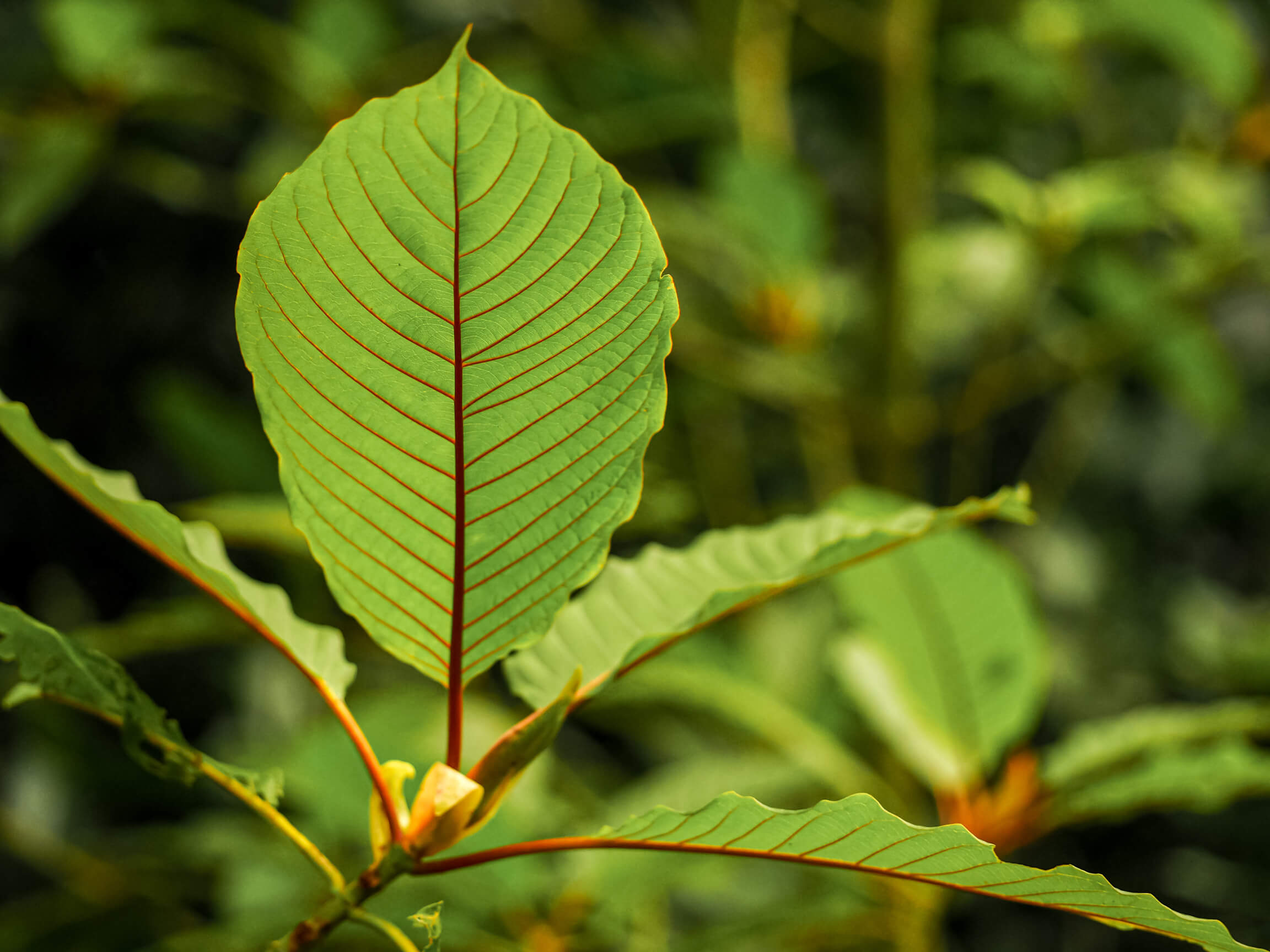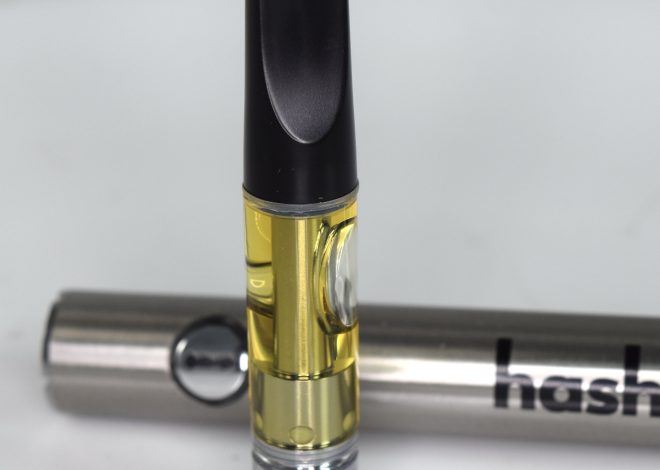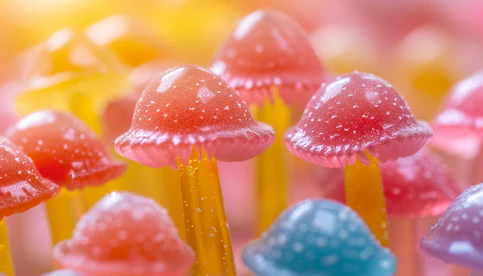
Growing Kratom Plants: The Ultimate Guide
Native to tropical regions, the kratom tree has gained popularity for its potential benefits in boosting energy and managing pain. Although powder or capsules is the most often used form, growing kratom plants at home gives enthusiasts the chance to interact with the plant more deeply. For those who prefer to explore different options, kratom for sale offers the chance to access high-quality products. This allows enthusiasts to enjoy the benefits of kratom while still appreciating the unique process of growing it.
Choosing the Right Environment for Kratom
Kratom plants like warm, humid surroundings. Perfect circumstances are high humidity and temperatures between 65°F and 85°F. Growing these plants outside may only be practical in a few areas since these plants suffer in cold or dry temperatures. Particularly if the atmosphere is not perfect, indoor growth can be a preferable choice for regulating humidity and temperature. Optimal air circulation and a regular temperature in a grow room will help to promote optimal development. If grown indoors, utilize grow lights to replicate the natural tropical habitat of the plant or guarantee the area receives natural sunshine.

Preparing the Soil
Kratom plants like somewhat acidic, well-draining soil. The perfect substrate is peat moss mixed with perlite and sand. Avoiding too compacted soil is crucial since it could cause poor root development and waterlogging. For best development, the pH of the soil should lie between 5.5 and 6.5. Make sure the soil is rich in organic matter before planting so that extra water may drain yet still aid in retaining moisture. Make sure the pots you’re growing the plants in have appropriate drainage holes to stop root rot.
Watering and Fertilizing
Though they do not tolerate standing water, kratom trees need constant irrigation to keep their rich green look. The secret is to keep the ground damp but not sodden. While milder months call for less, hotter months could demand more frequent watering. Encouragement of good development depends on fertilizing kratom. Though be careful with the dosage; use a balanced fertilizer including equal parts nitrogen, phosphorous, and potassium.
With the right care and attention, cultivating kratom plants can be an enjoyable and satisfying experience, and for those looking to explore it further, kratom for sale offers an excellent opportunity to get started. The correct surroundings, soil, and care techniques will guarantee the plant thrives whether you are growing them for personal consumption or as an attractive feature to your yard. Knowing the needs of the plant and addressing typical issues will help you to produce robust kratom trees that will bloom for many years to come.


